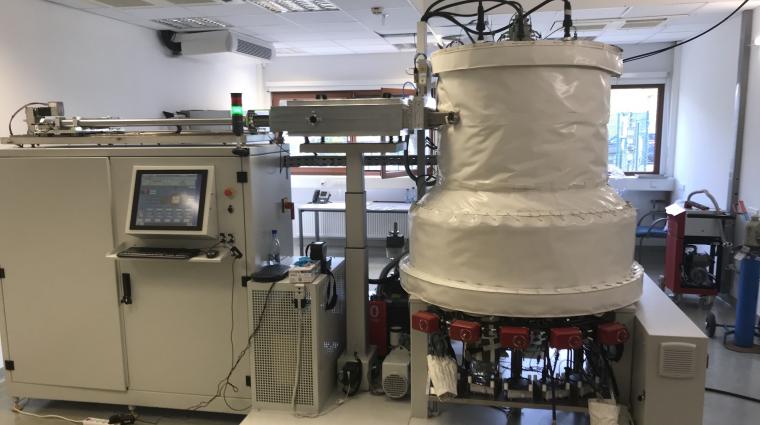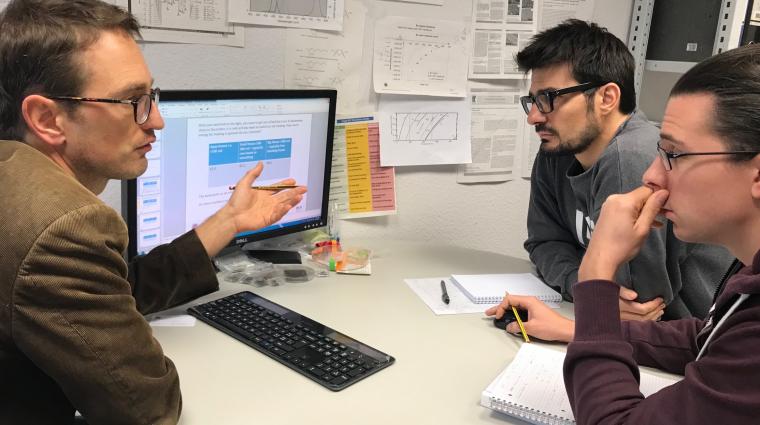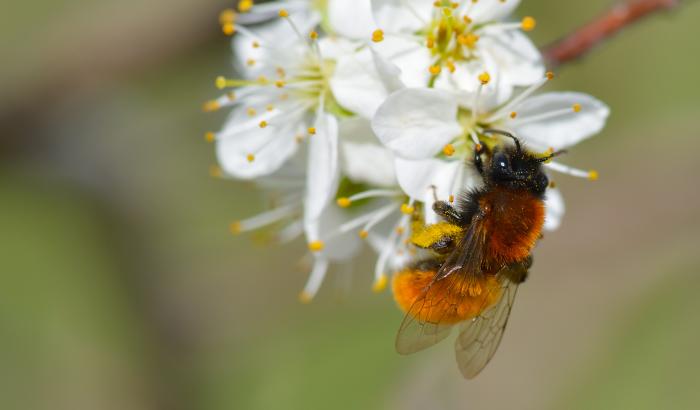Hameeda Jagalur Basheer
Hameeda Jagalur Basheer presents her research thesis in a 3 minute video.
Sunlight is a very powerful source of energy. Solar panels are one way to convert this energy into electricity. Hameeda Jagalur Basheer is currently working on developing a new material coating that can be used on superblack materials to trap sunlight, convert it into heat and finally into electricity.
This could be a new mechanism to generate climate-friendly electricity. In fact, because of a more resource-friendly production, this new material coating would be an even more eco-friendly approach than solar panels.
What is a superblack material and how does it work?
Black is not a colour but rather the absence of it: a superblack material absorbs 99,99% of the sunlight without reflecting any of it back to our eyes. Plus, the absorbed sunlight heats up the material. Normally, the heat is directly diffused to the air surrounding it.
This is where Hameeda’s special coating comes in: it traps the heat inside the material, so it can get as hot as 1000 degrees Celsius. With this extreme heat, water can be transformed into steam, which can power a turbine. Finally the turbine generates the electricity.
Hameeda explains this in a short video that she submitted for the 3 Minute Thesis competition organised by LuxDoc in Luxembourg.
Could I generate electricity with my black car?
Black cars generally aren’t ‘black enough’ to produce electricity. They simply don’t absorb enough sunlight and don’t get hot enough. To generate electricity, you would need a temperature of above 500 degrees. Luckily, our cars don’t reach this temperature, even if it feels like that sometimes.
Author: Lucie Zeches
Editor: Michèle Weber (FNR)
Infobox
An object appears black when the sunlight that hits on its surface is not or very little reflected back to our eyes. On the opposite, if all the sunlight that touches a surface is reflected, it appears white. A superblack material absorbs 99,99% of the sunlight and is considered as the ‘blackest black’. It is made of carbon nanotubes, which are one hundred times smaller than a single hair strand. These nanotubes are organised in a special way in order to trap the sunlight inside their structure, so no sunlight is reflected to the outside.
The Three Minute Thesis (3MT®) competition celebrates the exciting research conducted by doctoral candidates. Developed by The University of Queensland (UQ), 3MT cultivates students’ academic, presentation, and research communication skills. The competition supports their capacity to effectively explain their research in three minutes, in a language appropriate to a non-specialist audience.
More info on the website of LuxDoc , the student association that organised the competition in Luxembourg in 2020.






